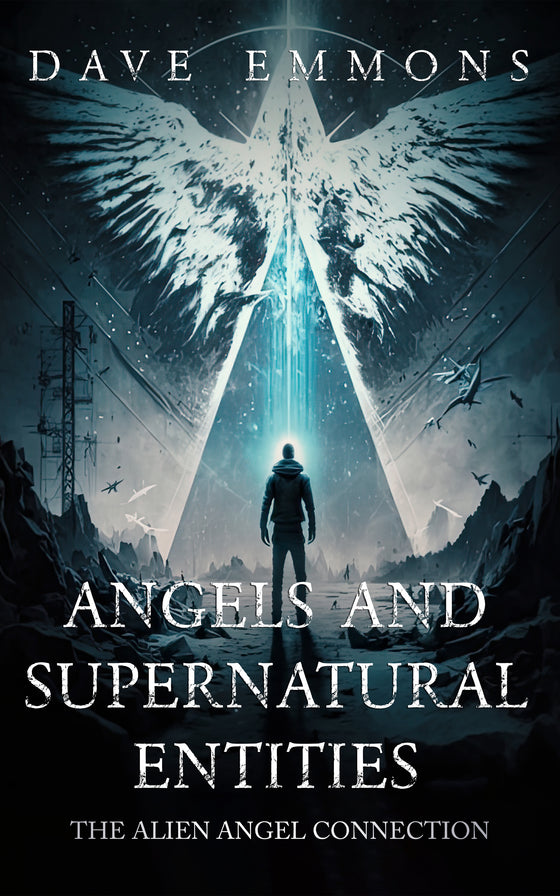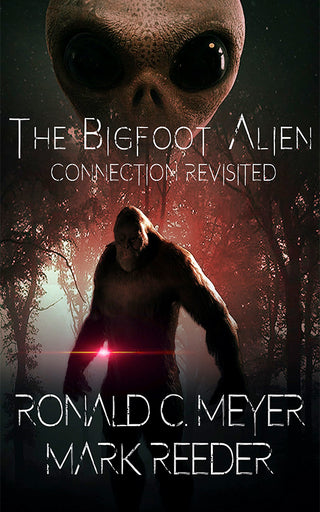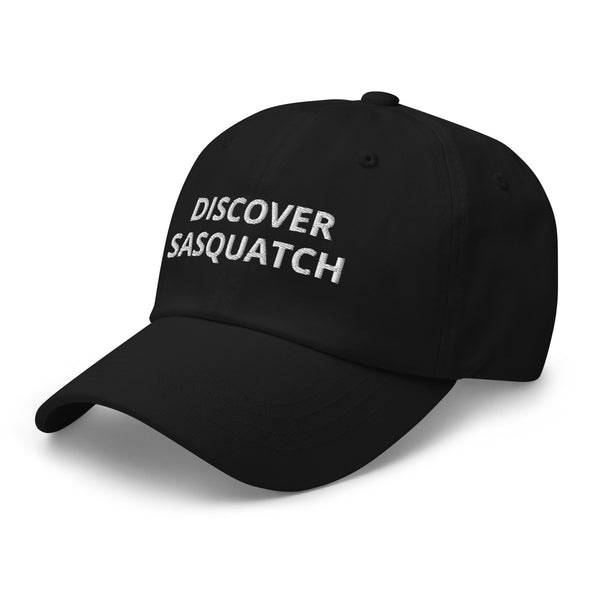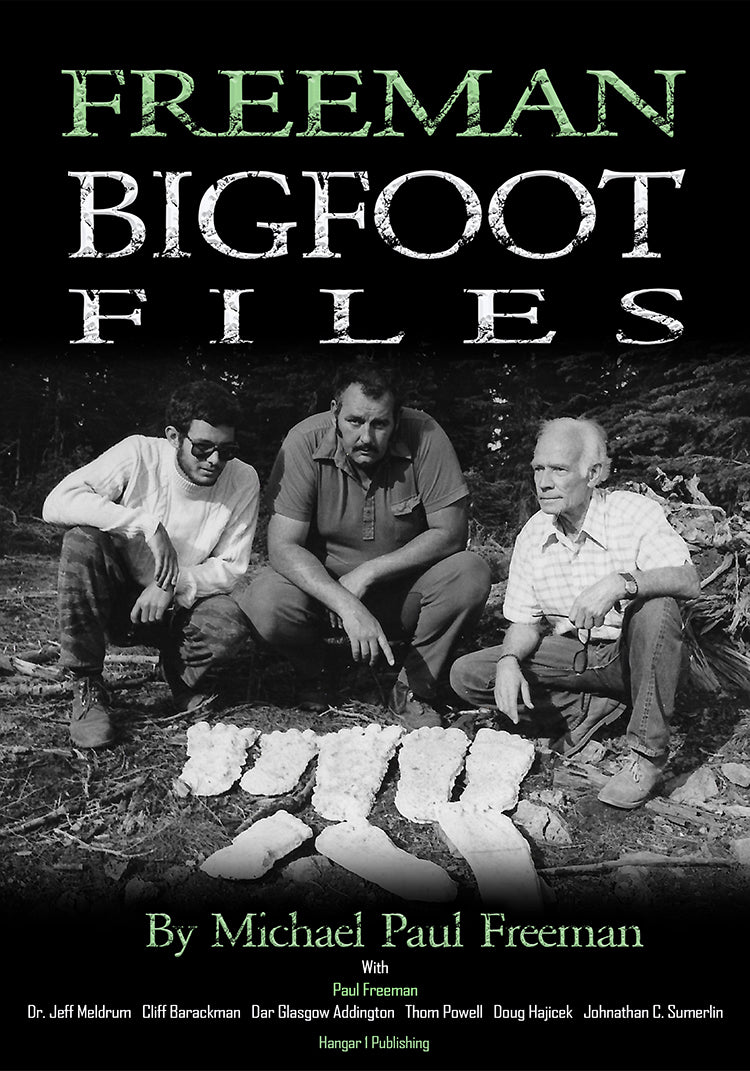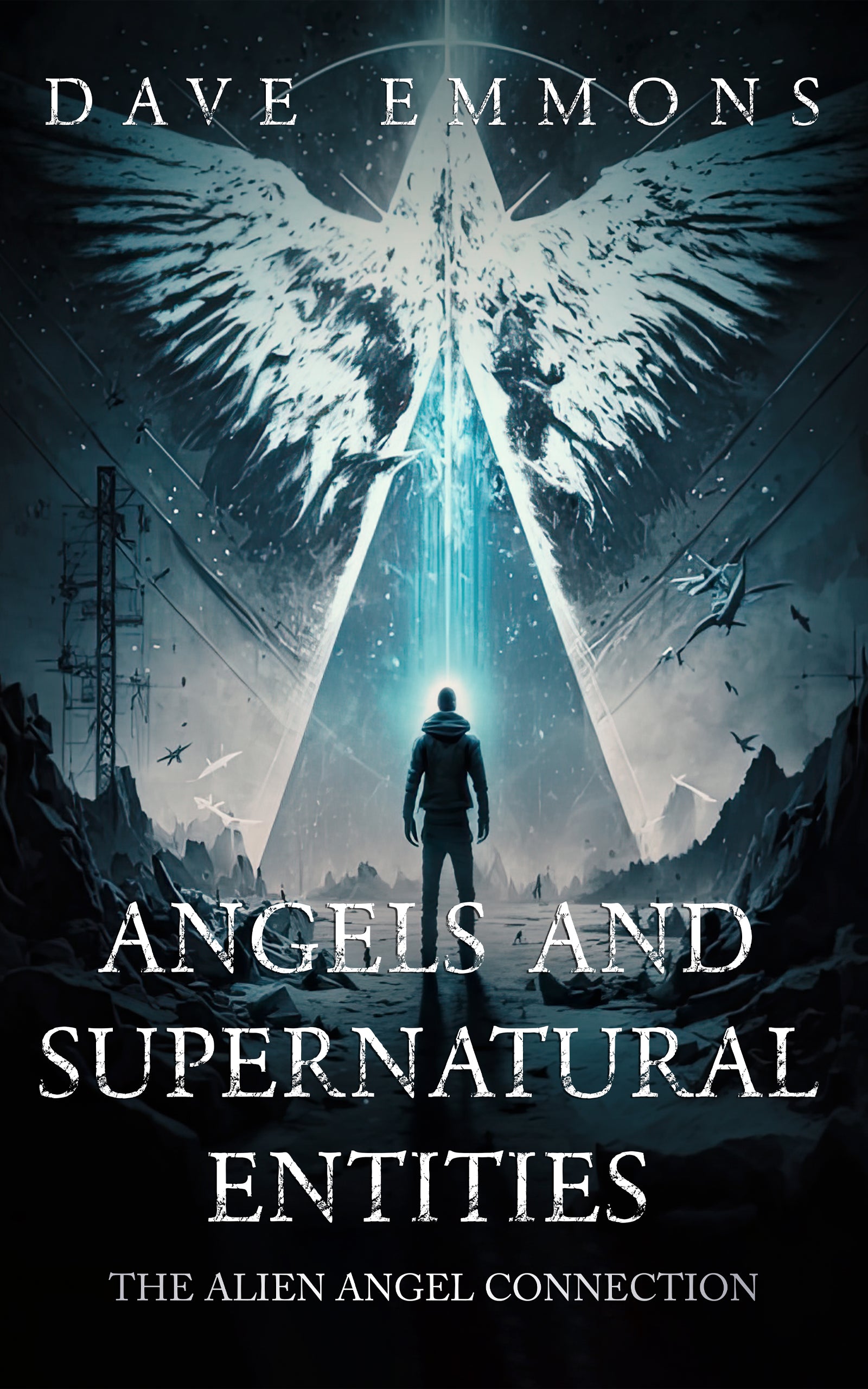NASA UFO Footage: The Shocking Truth
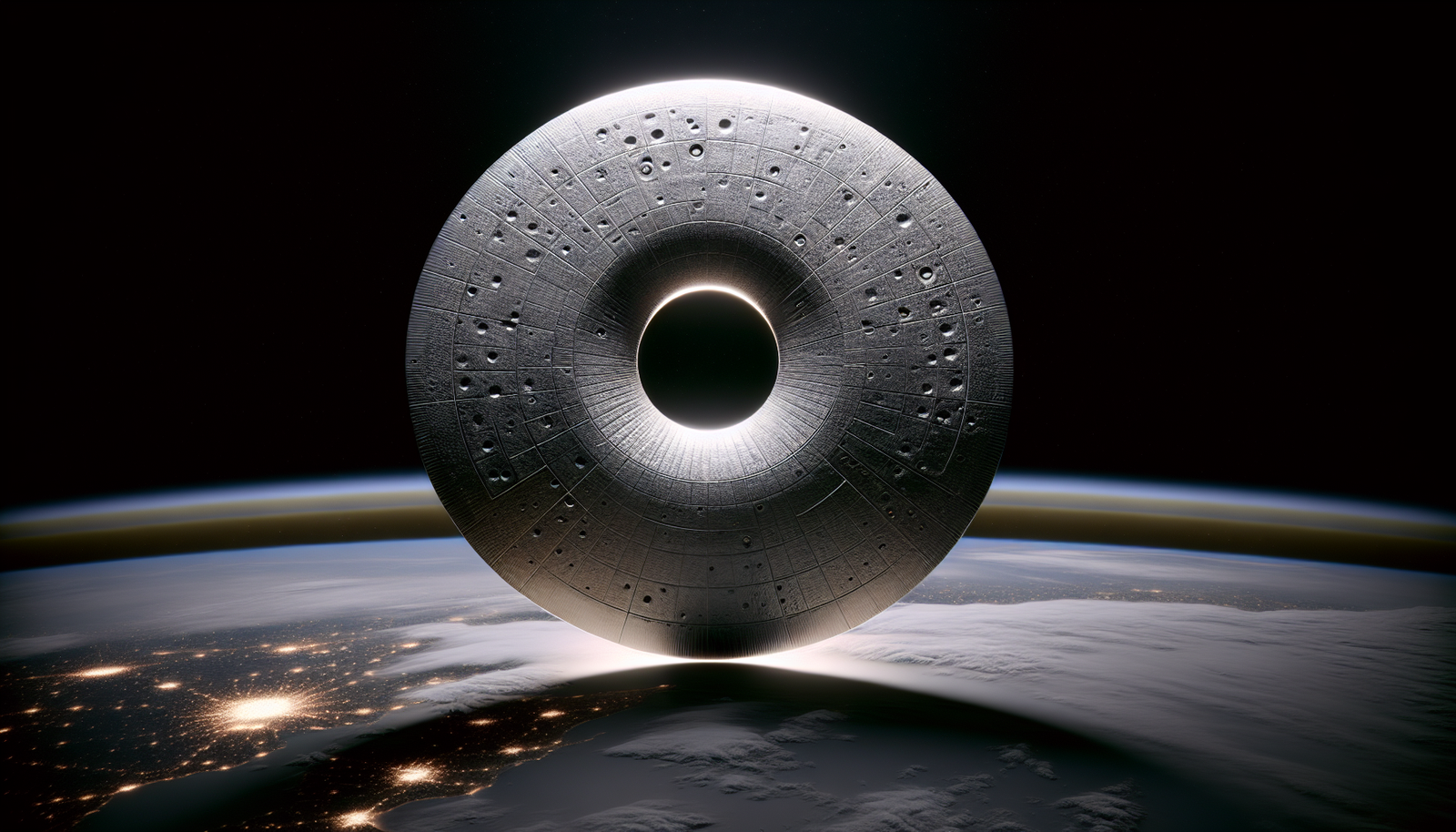
By Gabriel Chen, Ufologist
For decades, NASA's cameras have captured objects that leave scientists scratching their heads. From the early days of the space shuttle program to the International Space Station's continuous live stream, these mysterious recordings have followed humanity's journey into the cosmos like persistent, uninvited guests.
The story of NASA UFO footage unfolds like a scientific detective novel—filled with unexplained sightings, institutional secrecy, reluctant witnesses, and the slow march toward transparency. What makes these cases especially compelling is their source. Unlike shaky smartphone videos taken from suburban backyards, NASA footage comes from multi-million dollar equipment operated by the most rigorously trained observers on (or off) the planet.
"We want to shift the conversation about UAPs from sensationalism to science," NASA Administrator Bill Nelson announced in 2022, marking a revolutionary change in the agency's approach.
This statement, accompanying the formation of NASA's first-ever UAP (Unidentified Anomalous Phenomena) study team, represents one of the most dramatic institutional about-faces in recent scientific history.
But what's actually in this footage? Are we seeing evidence of advanced technology, or just ice crystals and camera glitches? Let's pull back the curtain on NASA's most puzzling captures and examine what they might really show.
NASA's Evolution: From "Nothing to See Here" to Scientific Study
For most of its existence, NASA maintained what could charitably be called a position of aggressive disinterest regarding UFOs. This stance was perfectly captured in a 1970 letter from NASA Assistant Administrator Robert F. Allnut, who concluded that "after fifteen years of manned space voyages including space stations and landing on the Moon, spacemen have brought back not a shred of evidence – verbal, photographic, or otherwise – for the existence of extraterrestrial spacecraft, or 'UFOs'."
When unusual objects appeared in shuttle footage or astronauts reported strange sightings, the explanation almost invariably involved space debris, camera artifacts, or known spacecraft photographed from unusual angles. This institutional skepticism wasn't entirely unwarranted—space is filled with human-made junk, and cameras can produce all sorts of visual artifacts in the harsh conditions beyond our atmosphere.
But something changed. In June 2022, NASA announced the formation of a 16-member panel of scientists, aviation experts, and artificial intelligence specialists tasked with studying UAPs. This wasn't just any panel—it was specifically instructed to approach these phenomena with scientific rigor rather than dismissal.
The terminology shift from "UFOs" to "UAPs" wasn't just cosmetic. It removed the loaded term "flying object," which implied a craft or vehicle, replacing it with the more neutral "phenomena." It expanded the definition beyond just aerial objects to include anomalies observed in space, underwater, or moving between these domains. Most importantly, it created distance from decades of cultural baggage associated with "UFOs"—alien abductions, conspiracy theories, and sci-fi movies.
On September 14, 2023, NASA released its UAP report after a year-long study. The findings were simultaneously cautious and groundbreaking. While the panel found "no evidence that UAP are extraterrestrial in origin," it also acknowledged that many sightings remain unexplained and recommended NASA play an active role in future investigations.
"The top takeaway from the study is that there is a lot more to learn," Nelson said. "The NASA independent study team did not find any evidence that UAP have an extraterrestrial origin, but we don't know what these UAP are."
Following the report's release, NASA appointed a director of UAP research but initially withheld this person's identity "to protect them from the kind of threats and harassment faced by the panel members during the study"—a stark reminder of how controversial this topic remains.
Famous NASA UFO Footage: The Cases That Made Waves
The STS-75 "Tether Incident" (1996)
If there's a holy grail of NASA UFO footage, it's the "tether incident" from Space Shuttle Columbia mission STS-75 in February 1996.
The crew was deploying a satellite attached to a 12-mile-long tether when the tether unexpectedly broke. As cameras recorded the drifting cable, dozens of mysterious objects appeared in the background—disc-shaped, illuminated entities that appeared to move independently. When zoomed in, many displayed a peculiar structure—circular with what some describe as a "bite" taken out of them.
"This is the tether and there's a little bit of debris that... circle with a little bite out of it maybe half cloaked right now kind of flies with us," one can hear in the mission audio.
NASA's explanation? Ice particles, space debris, or camera artifacts. UFO researchers point to the objects' structured appearance and independent movements as evidence that they were something more exotic. Nearly thirty years later, this footage remains one of the most analyzed and debated pieces of potential UFO evidence.
International Space Station Incidents
The International Space Station's continuous live feed has become a UFO-watcher's delight, with numerous incidents catching public attention:
In 2013, multiple bright, orb-like objects were recorded moving near the ISS. These objects sometimes appeared to change direction suddenly or accelerate at incredible speeds.
In August 2013, astronaut Christopher Cassidy reported seeing an object float past the ISS near the Progress 52 cargo ship. Russian flight controllers later identified it as an antenna cover from the Zvezda service module—one of the rare cases with a definitive explanation.
In 2014, footage captured what appeared to be a metallic object hovering near the ISS before the live feed abruptly cut. NASA explained that such interruptions occur routinely when the station passes out of range of tracking satellites, but UFO enthusiasts saw something more sinister in the timing.
What makes ISS footage particularly compelling is its source—these cameras are continuously streaming from the most advanced orbital platform humans have ever built, operated by professional astronauts trained to observe and document unusual phenomena.
The Pentagon's Declassified Videos
While not NASA footage, the Pentagon's release of three Navy fighter jet videos in 2020 marked a turning point in official acknowledgment of unexplained aerial phenomena. These videos—nicknamed "FLIR" (or "Tic Tac"), "GIMBAL," and "GOFAST"—have been analyzed by NASA experts and represent a significant milestone in official UAP documentation.
The "Tic Tac" incident occurred in 2004 when Commander David Fravor encountered what he described as a white, oblong object hovering above an ocean disturbance. When he spiraled down to get closer, "the object ascended, mirroring the trajectory of his airplane, until the object disappeared." Another pilot later recorded the infrared video that earned the nickname "Tic Tac."
In congressional testimony, Fravor stated unequivocally: "The technology that we faced was far superior than anything that we had." This assessment from a highly trained military observer underscores why some NASA footage deserves serious scientific scrutiny rather than reflexive dismissal.
The Human Element: Astronaut Testimonies
The most fascinating—and contentious—aspect of NASA UFO footage involves the humans behind the cameras. Astronaut testimonies about unusual sightings range from confirmed observations with prosaic explanations to outright fabrications.
During the Gemini 4 mission in 1965, pilot Jim McDivitt spotted what he described as a "white cylindrical shape with a white pole sticking out of one corner of it." He took photographs while his partner Ed White was asleep. McDivitt maintained it was likely human-made space debris, though debate continues about what exactly he saw.
In 2005, during a spacewalk outside the ISS, astronaut Leroy Chiao reported seeing lights in a formation "almost like an upside-down check mark." The incident received attention when featured in a television series, but Chiao later identified the lights as coming from fishing boats "hundreds of miles below"—a perfect example of how even experienced observers can initially misinterpret unfamiliar sights.
Not all astronaut UFO stories are authentic. Science fiction writer Otto Binder perpetuated a hoax claiming Neil Armstrong encountered UFOs during the Apollo 11 mission. Similarly, Buzz Aldrin has clarified that his comments about seeing a light during Apollo 11 were taken out of context from a 2005 interview. He observed "a light out the window that appeared alongside [the crew]" but wasn't claiming an alien encounter.
These fabrications and misrepresentations complicate serious research and contribute to the stigma that has historically discouraged scientific investigation of unexplained phenomena.
Mundane Explanations: "Space Dandruff" and Other Phenomena
Former NASA engineer James Oberg has spent years debunking alleged UFO sightings in NASA footage. He coined the term "space dandruff" to describe particles that shed from spacecraft during flight—ice flakes, paint chips, or fragments of insulation that can appear strange when viewed in the unique environment of space.
"Our sensory system is functioning absolutely perfectly for Earth conditions," Oberg explains. "But we're still a local civilization. Moving beyond our neighborhood has been visually confusing."
Many alleged UFO sightings near the ISS can be explained by routine operations. NASA astronaut Doug Wheelock addressed one such incident, explaining that what appeared to be a UFO was actually "a retired piece of communications gear" that had been on the ISS since 2009 and was intentionally jettisoned in 2017.
"We discard our trash and equipment that's been put through its paces and is now retired," Wheelock explained. "If I thought it was an intelligent craft, I'd be the first one to speak up. I'd want the credit: Mario Runco was the first person in history to conclusively document the existence of an extraterrestrial civilization. Why would I ever want to keep it secret?"
Camera and transmission issues account for other unusual footage. The apparent cutting of live feeds when unusual objects appear is often due to the station passing out of range of tracking satellites. "For video, whenever we lose signal (video comes down on our higher bandwidth, called KU) the cameras will show a blue screen (indicating no signal) or a preset video slate," explained NASA spokesperson Daniel Huot.
Optical effects like bokeh can make out-of-focus light sources appear triangular or pyramidal due to the shape of the camera's aperture—potentially explaining some UFO sightings. Natural phenomena like sprites—large electric discharges that light up the Earth's upper atmosphere with strange red streaks—could be misinterpreted as UFOs when captured from space.
Beyond Ordinary: Cases That Resist Explanation
While many alleged UFO sightings in NASA footage have conventional explanations, some cases feature objects moving in ways that challenge easy dismissal. These include sudden acceleration, instantaneous direction changes, and other movements that seem to defy physics as we understand it.
The 2021 UAP report from the Office of the Director of National Intelligence noted that some UAPs "appeared to remain stationary in winds aloft, move against the wind, maneuver abruptly, or move at considerable speed, without discernible means of propulsion." When such objects appear in NASA footage, they deserve special attention.
Some NASA footage shows multiple objects moving in coordinated patterns suggesting intelligent control rather than random drift. These formations sometimes appear to respond to spacecraft movements or maintain precise geometric arrangements—behavior not typically associated with space debris or camera artifacts.
A fundamental challenge in analyzing unusual NASA footage is what might be called a methodological impasse: the limits of available data and analytical tools when confronted with truly anomalous phenomena. NASA's 2023 UAP report acknowledged this problem, noting that "analysis of UAP data is hampered by poor sensor calibration, the lack of multiple measurements, the lack of sensor metadata, and the lack of baseline data."
This creates situations where footage remains genuinely unexplained not because exotic explanations are necessary, but because the evidence is insufficient for definitive conclusions. The challenge is distinguishing between "unexplained due to insufficient data" and "unexplainable by conventional means."
The Pentagon Connection: Space Domain Incidents
The U.S. Department of Defense has developed an increasingly sophisticated infrastructure for investigating UAPs, with implications for NASA's approach. In July 2022, the Pentagon established the All-domain Anomaly Resolution Office (AARO) to investigate UAP reports.
According to a 2024 AARO report, the office received 757 UAP reports during a recent period. Remarkably, 49 of these—about 7% of the total—occurred in the "space domain," defined as above 100 kilometers altitude (the Kármán line marking the official boundary of space).
This acknowledgment that UAPs are being observed in space adds credibility to NASA footage showing unexplained objects above Earth's atmosphere. It also suggests potential overlap between Pentagon and NASA investigations.
One motivation for official interest in UAPs, including those captured in NASA footage, is concern about potential advanced technological threats from other nations. Senator Marco Rubio expressed fear that UAPs might represent Chinese or Russian technology. Security expert Jack Weinstein noted, "China has developed some good technology much faster than we thought they were going to."
However, other experts argue that neither China nor Russia currently possesses technology capable of the extreme maneuvers exhibited by some UAPs. As one analyst noted, "If China or Russia had the level of technology that allowed for extreme speeds and maneuverability exhibited by the UAPs, then the US would be aware of it."
What Are We Seeing? Technology and Perception
Some objects in NASA footage appear to move in ways that challenge our understanding of propulsion. Conventional rockets, ion drives, and other known systems don't account for instant acceleration and high-G maneuvers observed in some cases.
Theoretical advanced propulsion concepts include gravity manipulation, electromagnetic drive systems, and exotic energy sources. While speculative, such technologies might explain objects that appear to defy conventional physics.
David Spergel, chair of NASA's UAP study team, put the technological gap in perspective: "It's good to think about what even 100 million years means. If you showed someone from 1923 conventional tech, planes and cars and things from today, they'd be impressed, but not shocked. If you took someone from the year 1023, they would think we were all witches. A thousand years is a big step in technology. And 100 million years is 100,000 steps like that."
Another possibility is that some UAPs represent sophisticated deception technology rather than actual physical objects with extraordinary capabilities. Writer Jeff Wise suggested that electronic warfare techniques could "deceive sensors to give false velocity and position information and result in reports of 'unusual UAP movement patterns or flight characteristics.'"
This explanation might account for sensor readings showing objects performing physically impossible maneuvers without requiring new physics or extraterrestrial technology.
Moving Forward: NASA's New Approach
NASA's UAP report recommended leveraging artificial intelligence and machine learning to identify anomalous objects in vast amounts of data. These technologies could analyze footage from space missions more effectively than human observers alone.
Spergel described an ambitious vision for crowd-sourced data collection: "We've got three to four billion cell phones distributed around the planet, they take good pictures, and can record the local time, the GPS position, local magnetic fields, and gravitational fields—a wealth of information."
With multiple images of an object taken simultaneously by different observers, researchers could triangulate data to determine distance, position, and velocity—providing much better evidence than isolated sightings.
As NASA develops its UAP research program, it faces a delicate balance between transparency and security considerations. When transparency site The Black Vault filed a Freedom of Information request for additional UFO footage, the government confirmed it had more material but refused to release it, citing national security concerns.
Deputy director of the Navy's FOIA program, Gregory Cason, stated: "The release of this information will harm national security as it may provide adversaries valuable information regarding Department of Defense/Navy operations, vulnerabilities, and/or capabilities."
When viewing alleged NASA UFO footage, critical thinking requires asking several key questions: What is the source and chain of custody? When and where was it recorded, and under what mission circumstances? What conventional explanations might apply? Do multiple sensors or witnesses corroborate the observation? Has NASA officially commented on the footage?
These questions help distinguish between genuinely puzzling anomalies and cases with likely conventional explanations. Technical details about camera type, focal length, recording conditions, and mission context all influence how objects appear in the frame.
The most productive approach to NASA UFO footage lies in balanced skepticism—neither dismissing all anomalies as easily explained nor leaping to extraordinary conclusions without sufficient evidence. As NASA's examination of these mysterious objects continues, we may eventually learn that the truth is both more mundane and more fascinating than we imagined.
From Bigfoot to UFOs: Hangar 1 Publishing Has You Covered!
Explore Untold Stories: Venture into the world of UFOs, cryptids, Bigfoot, and beyond. Every story is a journey into the extraordinary.
Immersive Book Technology: Experience real videos, sights, and sounds within our books. Its not just reading; its an adventure.








